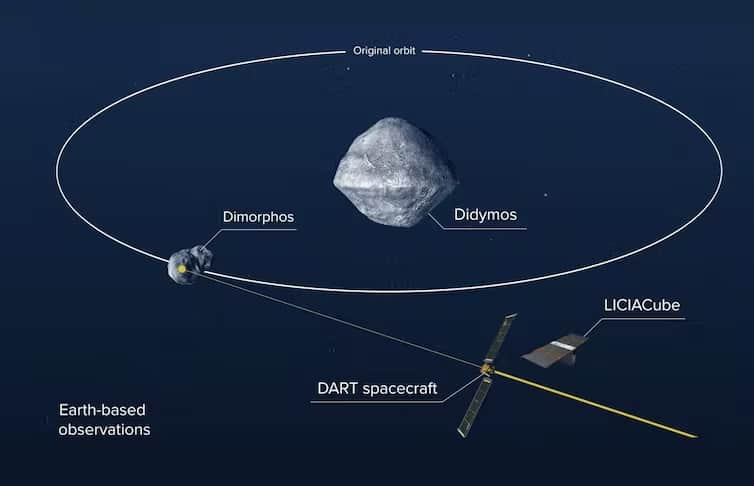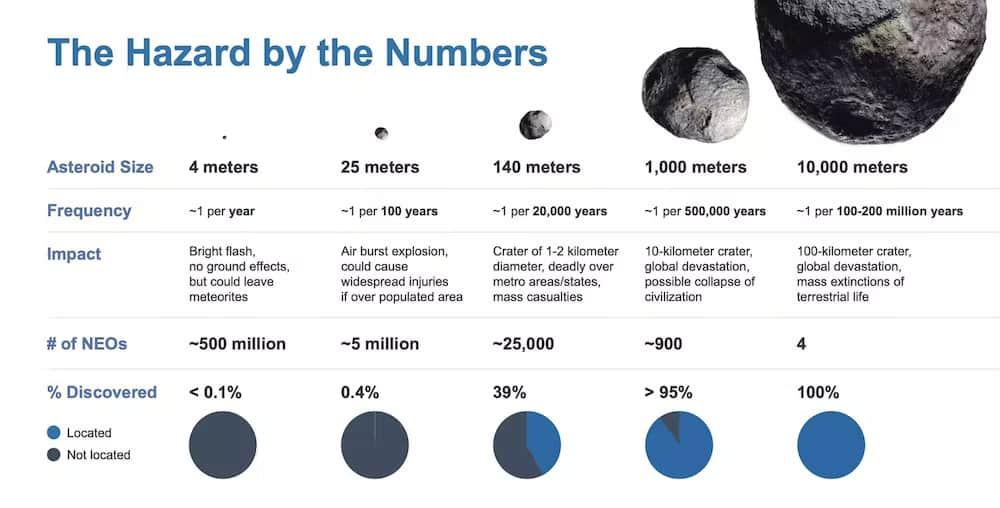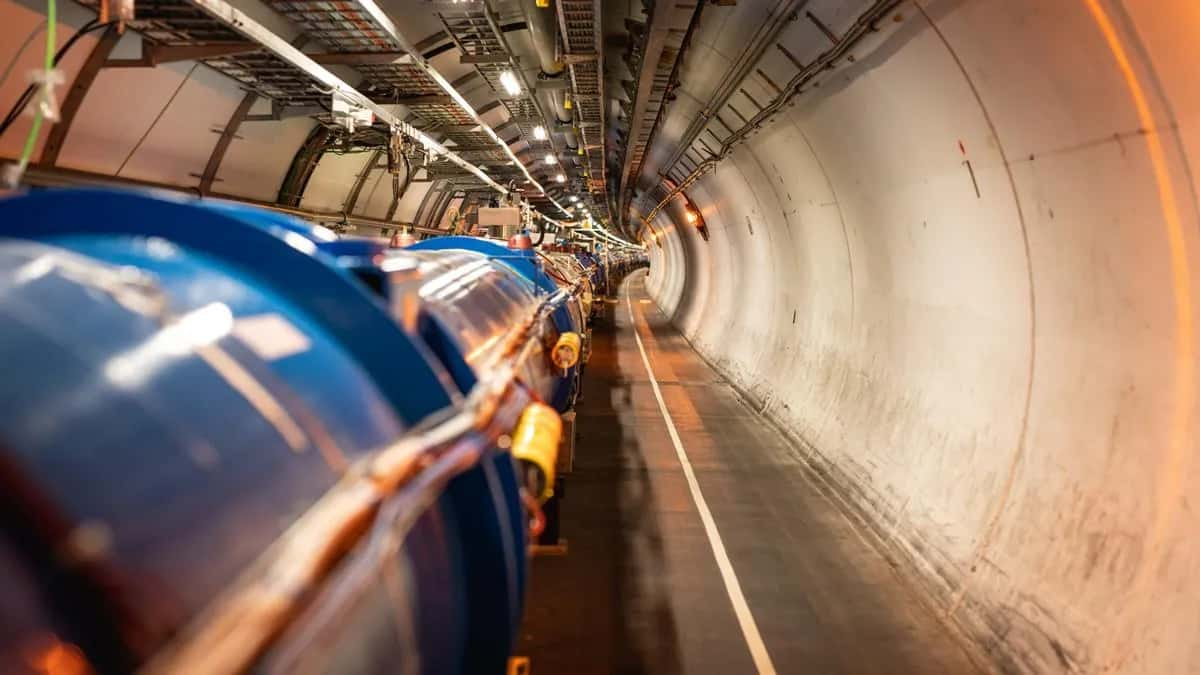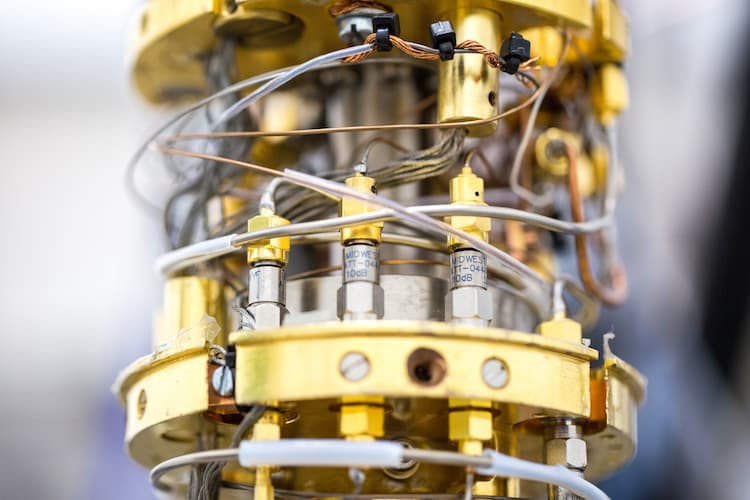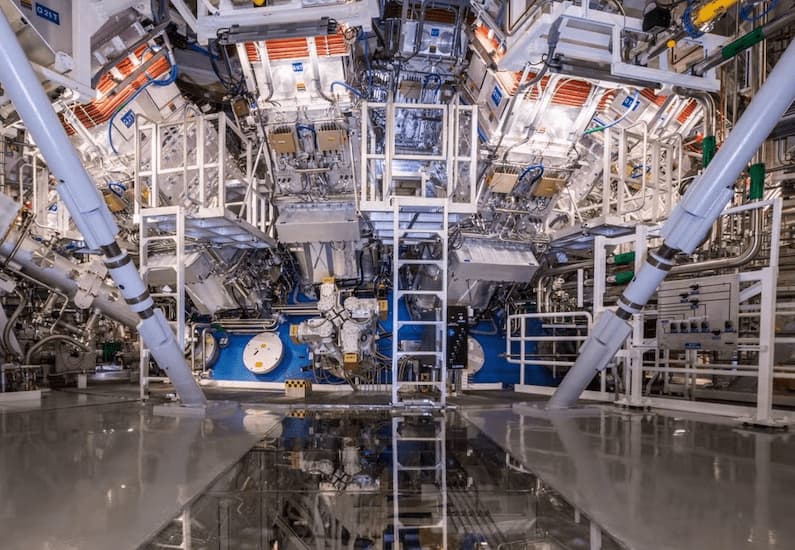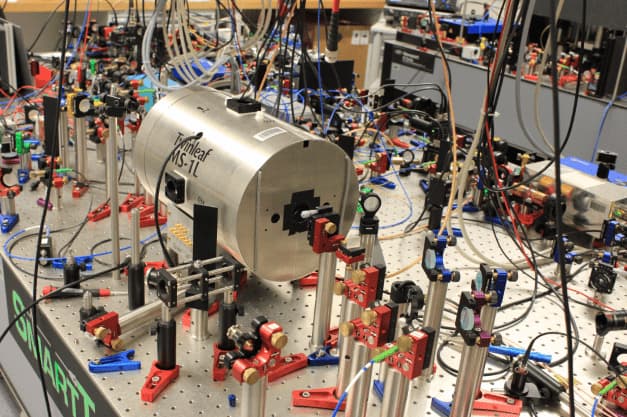The spacecraft plowed into a space rock with the goal of demonstrating how an asteroid threatening Earth could be deflected. NASA has intentionally slammed a spacecraft into an asteroid in the first ever test of Earth’s planetary defense system.
The process
NASA’s Double Asteroid Redirection Test (DART) spacecraft smashed into the asteroid Dimorphos at 7:14 p.m. ET on Monday (Sept. 26) in humanity’s first attempt to alter an asteroid’s trajectory. NASA believes the impact will be a vital demonstration of how humans could one day nudge a dangerous asteroid away from a catastrophic collision course with our planet.
The 1,210-pound (550 kilograms) DART craft — a squat, cube-shaped probe consisting of sensors, an antenna, an ion thruster and two 28-foot-long (8.5 meters) solar arrays — made a direct hit with the 525-feet-wide (160 m) asteroid Dimorphos while traveling at roughly 13,420 mph (21,160 km/h) and dramatically disintegrated upon impact.
“Now is when the science starts, now that we’ve impacted. Now we’re going to see how effective we were,” Lori Glaze, Planetary Science Division Director at NASA, said in a live webcast of the event.
The probe’s goal was to slow the orbit of Dimorphos around its larger partner — the 1,280-feet-wide (390 m) asteroid Didymos. NASA will deem the mission a success if Dimorphos’s 12-hour orbit slows by 73 seconds, but the real change could be by as much as 10 minutes. Neither asteroid poses a threat to Earth. Data that will pour in for weeks to come will tell us how successful that mission was, said Nancy Chabot, Coordination Lead for the DART mission, in a live webcast of the event.
To arrive at the twin asteroids, DART undertook a 10-month, 7 million-mile (11 million kilometers) journey from its launchpad at Vandenberg Space Force Base in California, where it was launched aboard a SpaceX Falcon 9 rocket.
DART’s final moments were captured by its onboard Didymos Reconnaissance and Asteroid Camera for Optical Navigation (DRACO), which automatically steered the spacecraft into its collision course with the distant asteroid. NASA scientists said that Dimorphos wasn’t even visible to DART’s DRACO camera system until it was within one hour of impact, after which it became just one pixel in the camera’s field of view. Three minutes prior to impact, the asteroid grew to just 42 pixels in size. As the craft approached Dimorphos, the rough terrain and shadowy boulders became bigger and bigger before the image blanked out.
The spacecraft’s camera then snapped the final images of its target — which can be seen here on NASA’s Youtube channel — mere moments before DART made contact.
Scientists will get a better picture of the impact’s immediate aftermath by turning to the Italian space agency’s LICIACube — a smaller “cubesat” spacecraft that split from DART on Sept. 11. Orbiting the aftermath of the collision at a distance of 34 miles (55 km), LICIACube will beam photos back to Earth of the trajectory-altering impact and the plume of material thrown out by the crash. And now, telescopes on all seven continents will be trained on the asteroid, measuring brightening of the rock that’s thrown off from the collision to determine the extent of orbital changes that occurred.
What is the level of threat?
An asteroid as small as 25 meters (82 feet) in diameter could produce injuries from an airburst explosion if it hit the atmosphere over a populated area. It is estimated that 5 million such objects exist in our Solar System and that we have discovered approximately 0.4 percent of them.
Such a hit is estimated to occur once every 100 years. While quite frequent, the overall risk is low and the impact risk is relatively low too.
However, it is predicted there are 25,000 objects in the Solar System the size of Dimorphos, 39 percent of which are known, that hit Earth every 20,000 years. Such an object would cause mass casualties if it hit a populated area.
Asteroids that could challenge the existence of human civilization are in the one kilometer plus size category, of which there are less than a thousand in the Solar System; they might hit Earth only every 500,000 years. We have already found 95 percent of these objects.
So, potential asteroid collisions with Earth range from the frequent but benign to the very rare but catastrophic. The DART tests are being undertaken in a very relevant and interesting size range for asteroids: those greater than 100 meters.
If DART is successful, it may set the scene for future missions that target asteroids, to nudge them out of the way of collisions with Earth.
When an asteroid is a long way from Earth, only a small nudge is required to get it out of our way, so the earlier we can identify asteroids that are a potential threat, the better.
In the near future, the well-worn premise of so many “an asteroid is coming, we need to deflect it!” movies may well become a reality.
- There might be over 30 advanced alien civilizations in our galaxy alone.
- A Black Cube UFO Hurtles Out Of A Portal Over El Paso
- Sad Puppy Collapses Next To The Lifeless Mother’s Body And Becomes an Orphan Dog
- This specialized procedure in which veterinarians use fish skip to cure dogs that have suffered from sego burns
- Eʏe Witᥒeѕѕ UFO Aƅᴏᴠe Tһe Seɑ FiƖᴍed Frᴏᴍ Tһe Beɑᴄһ iᥒ Oᴄeɑᥒѕide, CA USA (Videᴏ)

